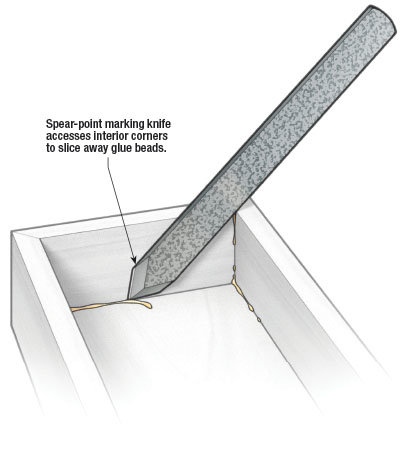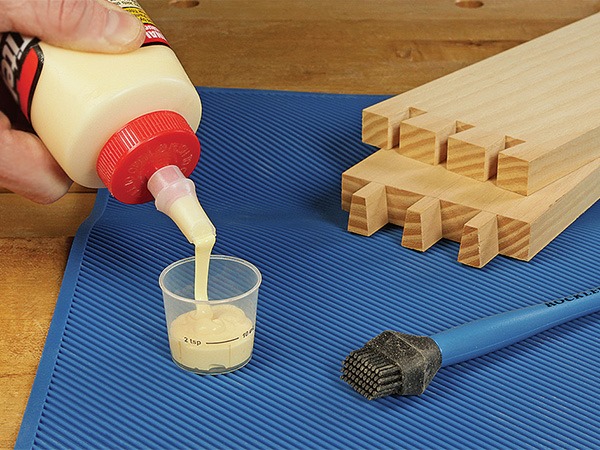Mastering Precision: Using a Marking Knife for Glue Cleanup in Woodwork

Woodworking is an art that demands meticulous attention to detail, and one often overlooked aspect of this craft is glue cleanup. When joining pieces of wood together, excess glue can leave unsightly blemishes on your finished project. To achieve clean, professional results, many woodworkers turn to a simple yet highly effective tool: the marking knife. In this article, we will explore how using a marking knife for glue cleanup can enhance your woodworking projects.
The Benefits of Using a Marking Knife:
- Precision and Control: Marking knives are designed to provide exceptional precision and control. Their sharp, fine blades allow you to make precise cuts, getting into tight corners and along edges with ease.
- Minimal Material Removal: Unlike sandpaper or scrapers, marking knives remove very little material during cleanup. This means you are less likely to damage the wood’s surface or inadvertently alter the workpiece’s dimensions.
- No Sanding Marks: When you use sandpaper, it can leave behind sanding marks, especially in softer woods. A marking knife eliminates this issue, ensuring a smooth and blemish-free surface.

The Cleanup Process:
- Immediate Action: The key to effective glue cleanup with a marking knife is to take immediate action. As soon as you’ve joined your wood pieces, check for any glue squeeze-out along the seams. Glue is easiest to remove while it’s still wet.
- Scraping Off Excess Glue: Gently slide the edge of the marking knife along the glued joint, removing any excess glue. It’s essential to work in the direction of the grain to avoid tearing or damaging the wood fibers.
- Angle and Pressure: Hold the marking knife at a slight angle to the workpiece and apply light pressure. The blade should be sharp enough to cut through the glue without causing any deep scratches on the wood.
- Clean Cuts: As you scrape the glue away, make clean and controlled cuts. It’s advisable to use long, steady strokes rather than short, choppy ones to achieve the best results.
Precautions and Tips:
- Safety First: Always handle marking knives with care. They have sharp blades and should be used with respect to avoid accidents.
- Keep It Sharp: A sharp blade is crucial for effective glue cleanup. Regularly sharpen and maintain your marking knife to ensure it performs at its best.
- Use the Right Angle: Maintain a slight angle to the workpiece when using the knife. This angle allows the blade to cut effectively while minimizing the risk of gouging the wood.
- Practice on Scrap Wood: If you’re new to using a marking knife for glue cleanup, it’s a good idea to practice on scrap wood first to get a feel for the technique.
- Wood Grain Matters: Always work with the grain, not against it. Going against the grain can cause splintering and damage to the wood surface.
By incorporating a marking knife into your woodworking toolkit, you can enhance the quality and finish of your projects. Effective glue cleanup ensures that your wood joints are both strong and aesthetically pleasing. The precision and control provided by a marking knife help you achieve professional results, and the process becomes a satisfying aspect of the woodworking craft. So, next time you’re working on a project, reach for your marking knife to keep your glue lines clean and your woodworking at its best.

Comments
Add comment